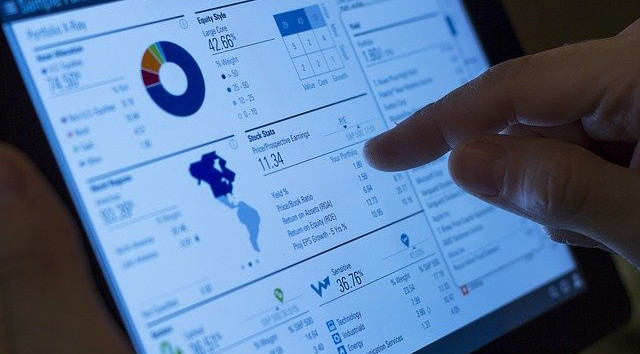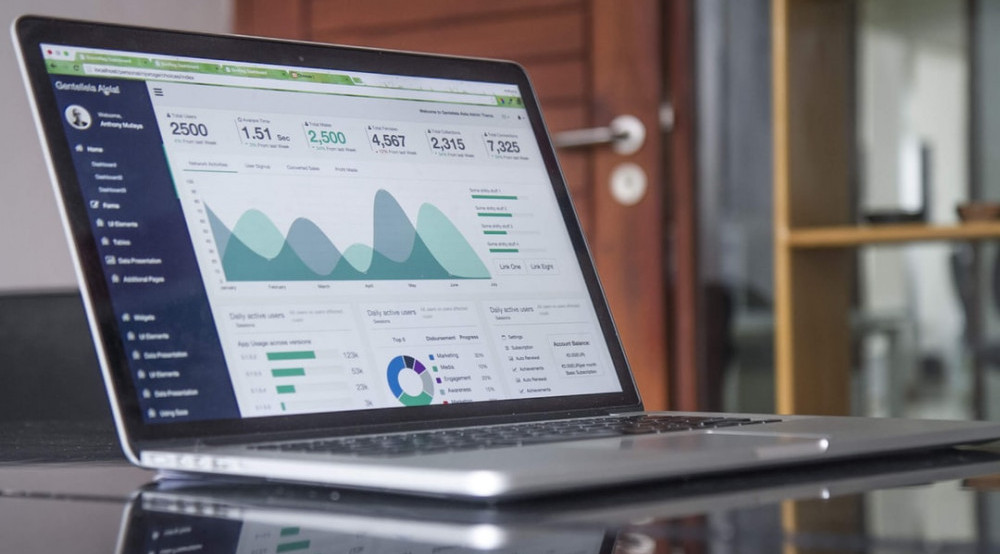What Is An ETF And How ETFs Works?

An ETF, or Exchange-traded fund, is a type of mutual fund that consists of a variety of assets whose units are traded on the market during the day as stocks and have a structure similar to mutual funds; This means that you can buy or sell one or more units of an ETF fund during the hours and days when the stock market is open. By buying ETF units, you invest your money in a fund that uses a professional management team to try to make a profit by building a portfolio of stocks and securities.
As mentioned, these funds have a structure similar to mutual funds, but unlike mutual funds, which can only be traded at the end of the day and after the NAV calculation, investors can trade ETFs as stocks during the day and take advantage of Benefit from its faster liquidity than a mutual fund. Also, the advantage of potential tax exemption for investing in these funds and somehow being less costly are other features of this investment model in the capital market.
Of course, these types of funds also have limitations, including the fact that because they are traded like stocks, it is possible that the stocks of these funds will be traded at different prices from NAV before arbitrage disappears and the balance is restored. Investing in ETFs is very similar to investing in mutual funds, but the main difference between the structure of ETFs and other mutual funds is that they create liquidity by exploiting the potential of the stock market.
Exchange-traded funds (ETFs) are a type of mutual fund whose units are traded during the day as stocks in the market and have a structure similar to mutual funds.
In ETFs, the liquidity guarantor pillar has been removed and a new pillar as a market maker provides the liquidity of ETF investment units in the market and in cases where there is no supplier or no other buyer to sell or buy the demanded units or supply Has been undertaken. Exchange-traded funds or ETFs are divided into three categories: equity investment, mixed investment, and fixed income securities investment. The difference between these three types of funds, in addition to their trading strategy, as their name implies, is in their buying and selling fees.
ETF History:
These types of funds have been introduced to the market for more than 20 years and have experienced significant growth over the past decade. The first ETF was introduced in 1993 under the name Spider (SPDR), which is designed to follow the S & P500 index.
This post contains affiliate links. Please please read my Disclaimer for more information.
Benefits of ETFs
• Tax exemption for unit transactions
• Increased liquidity of fund units despite marketing operations
• Optimal allocation of assets (diversification) by eliminating costs and spending little time
• Simplicity, ease, and speed in the transaction
• Reduction of liquidation time compared to current funds
• Buy and sell fund units online
What is the difference between ETF and other funds?
The most important differences between ETFs and mutual funds are:
• Ease of investing: ETF funds can be traded from all brokerage offices and online trading systems. So it is very easy to invest in and out of the ETF.
• Calculation of instantaneous net asset value: The net asset value of its assets is instantaneously calculated and communicated to investors. (Their NAV is calculated automatically every 2 minutes.)
• Cheaper than other funds: One of the advantages of ETFs is that they are cheaper than other mutual funds because ETF buyers trade through stockbrokers and therefore there are no marketing costs for the fund.
• Non-payment of taxes on sales: The period of activity of these funds is unlimited and there is no minimum or maximum for the investment of individuals and legal entities in these funds. In these funds, the redemption of units is possible in the short term without paying a fine. Also, the repayment payment period of the units is a maximum of 3 working days.
Assets of ETF funds
They may put different assets in one fund. An ETF may consist of several stocks, bank deposits, gold bullion, government treasury bonds, some cash, coins, currency, or a combination of all of these. What they put in the box determines the type of box.
If you buy 1% of an ETF fund, you become the owner of 1% of all these assets. This means that if the fund consists of 100 kg of gold, 10 billion deposits, 10 billion treasury bonds, and 2 billion shares, you will own 1 kg of gold, 100 million deposits, 100 million treasury bonds, and 20 million shares.
Of course, you, as a shareholder of this fund, cannot touch this combination of the fund’s assets or want to sell only 100 grams of gold to you, for example. Rather, if you buy a unit of the fund, you gain as much as your share and sell it to cash in on your assets.
It is true that your assets remain in the box and you cannot physically deliver them, but you will reap the benefits of price changes on these assets.
Important points of investing in ETF
• When choosing your fund, pay attention to its management and performance as your selection criteria.
• Invest in these funds with a medium and long-term perspective ( with a time horizon of more than 6 months to a year).
• Enter only the part of your savings that you do not need to consume immediately in the short term. The result of investing in funds requires more time (than stocks).

Conclusion
In general, having tradable mutual fund units in the portfolio creates a high degree of diversification in the portfolio and is recommended to everyone. And because of this high diversification, it is very suitable for those who do not want to bear the risk of individual stocks or do not have time to manage their portfolio.
On the other hand, it can be said that these funds, since they have the properties of investment funds, but are traded in the form of stocks, are suitable for people who prefer the stock trading process and do not want to enter the mechanism of mutual funds in exchange for diversification. Therefore, these funds can be suitable for those investors who want to be medium or long-term investors and actually intend to maintain their investment.
“If you have any feedback about what is an ETF and how ETFs works that you have tried out or any questions about the ones that I have recommended, please leave your comments below!”
NB: The purpose of this website is to provide a general understanding of personal finance, basic financial concepts, and information. It’s not intended to advise on tax, insurance, investment, or any product and service. Since each of us has our own unique situation, you should have all the appropriate information to understand and make the right decision to fit with your needs and your financial goals. I hope that you will succeed in building your financial future.
Peter eno agborkwa
Thank you for your generous way to help me be able work on my finance.please never fail to keep me informed of any of your program.